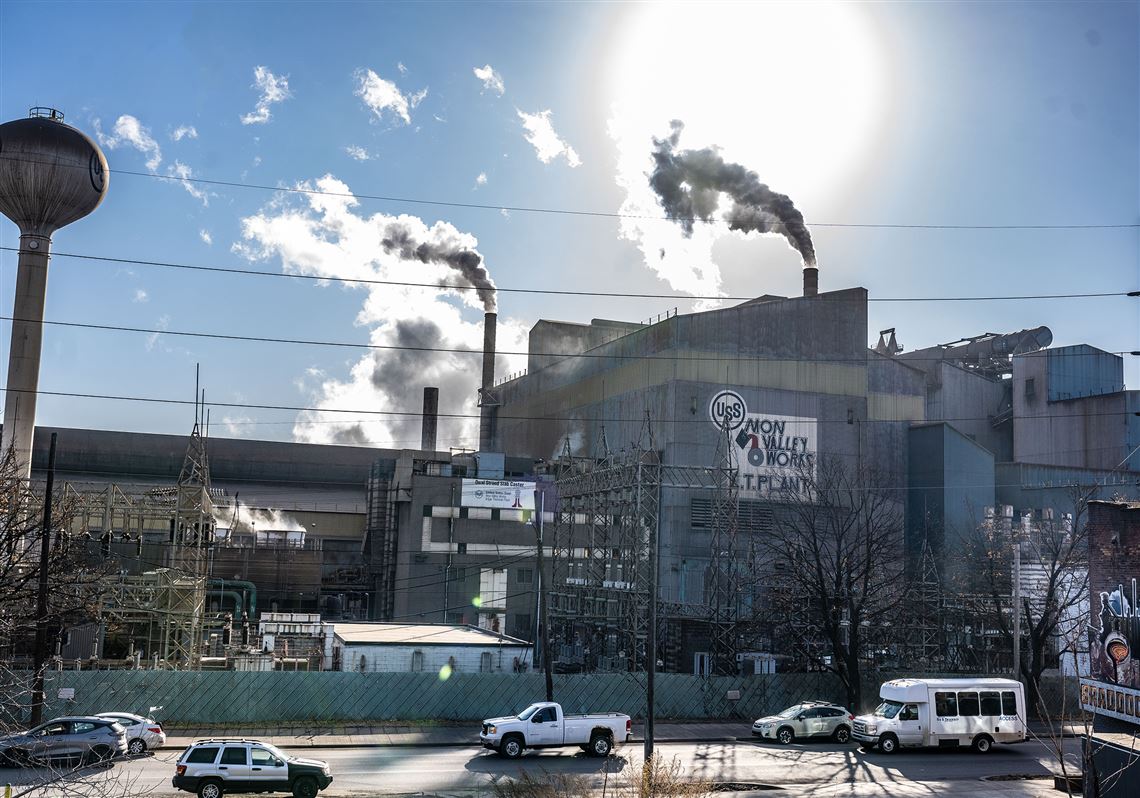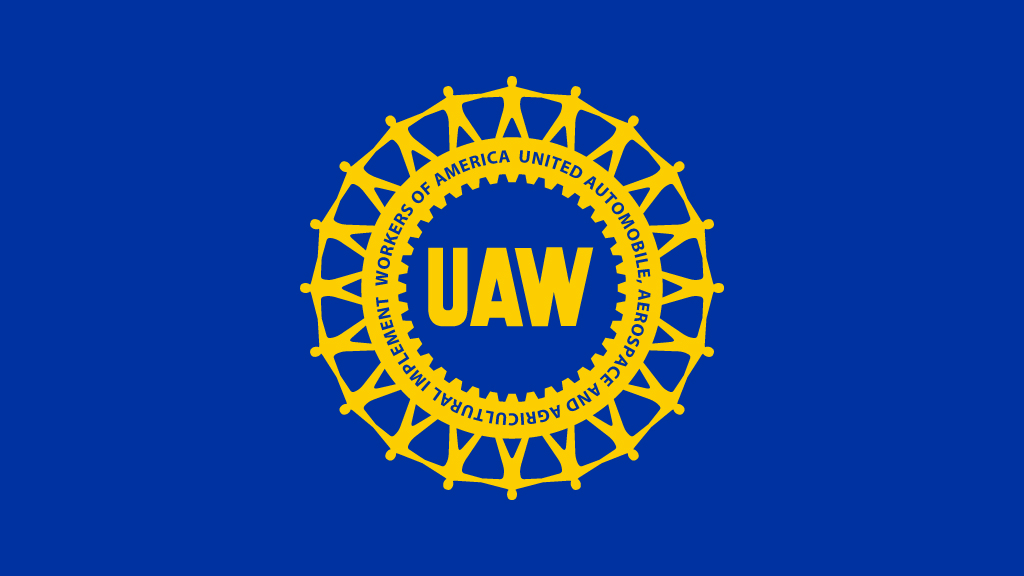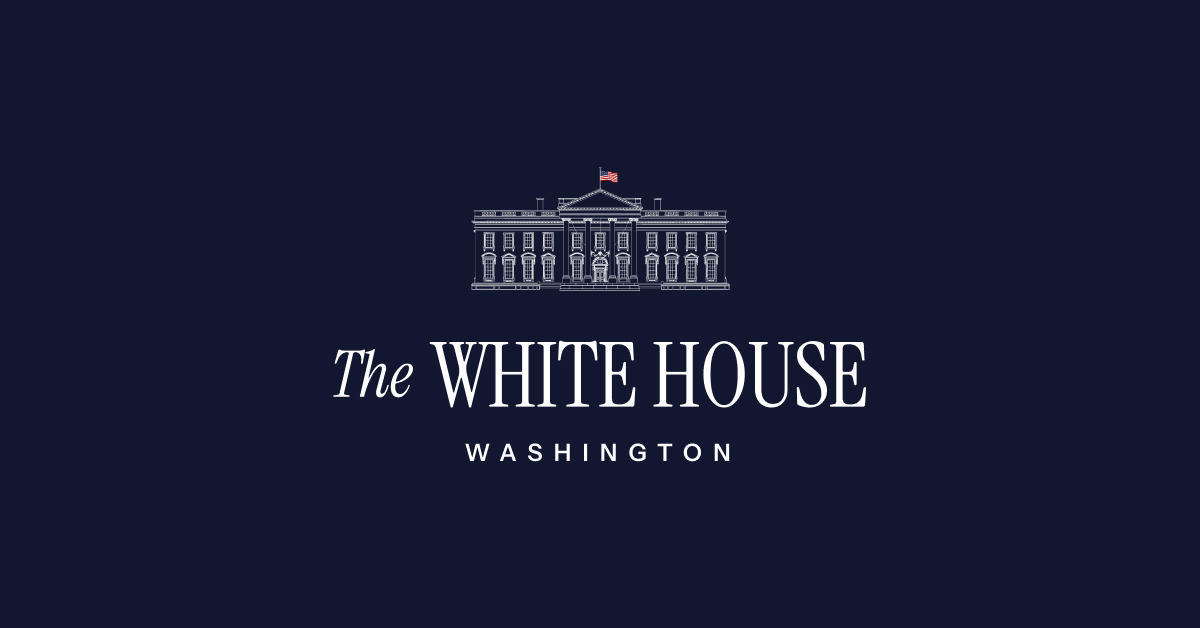mikegriffith1
Mike Griffith
Harvard-trained attorney Joe Klein has a written a great article titled "Trump's America-First Tariffs" that explains and defends Trump's tariffs. Here's an excerpt:
President Trump announced that he intends to impose reciprocal tariffs on all U.S. trading partners on April 2nd that match the existing tariffs they have imposed on American goods. Reciprocal tariffs are the essence of fair trade. Too many of America’s trading partners impose substantially higher tariffs on their imports of U.S. goods than the U.S. imposes on imports of their goods. Hopefully, these countries will get the message that it is in their best interest to sharply reduce their tariffs to avoid reciprocal U.S. tariffs at the higher levels these countries are currently charging. Once the reciprocal tariffs are set, they will form the baseline from which the U.S. and its trading partners can negotiate lower tariffs that will benefit all parties.
ome countries are beginning to take President Trump’s threat of reciprocal tariffs seriously and are adjusting accordingly. For example, India, which has extremely high tariffs on imports into its country, has shown signs of tempering its restrictive trade policies. During a meeting between President Trump and Indian Prime Minister Narendra Modi last month, the two leaders agreed to initiate talks on a Bilateral Trade Agreement (BTA) with the goal of finalizing the first phase by this fall. Negotiations between India’s Commerce Minister and his U.S. counterpart, along with U.S. trade officials, got underway shortly thereafter. As reported in the Financial Express, India’s External Affairs Ministry spokesperson Randhir Jaiswal “stated that the BTA aims to enhance India-US trade, increase market access, reduce barriers, and integrate supply chains.”
President Trump’s tariff threat is also paying dividends by influencing decisions by Asian and European firms in the automotive, technology, and apparel industries to shift some of their production capacity to the United States. . . .
President Trump’s increase in the tariffs he is imposing on China and other countries that dump their government-subsidized goods in U.S. markets is intended to counter their strategy of flooding the U.S. market with goods sold below cost. This protects domestic companies from potentially being driven out of business by unfair competition.
President Trump also wants to protect American workers’ jobs. This objective is one of the primary drivers behind the president’s decision to impose a 25 percent tariff on steel and aluminum imports from all of America’s trading partners, including Canada and Mexico. Foreign steel and aluminum producers are competing unfairly with American companies by charging artificially low prices for the steel and aluminum they export to the U.S. that the foreign companies’ governments subsidize and otherwise support. Tariffs are a way of leveling the playing field. If successful, this would keep more U.S. workers employed by helping American companies to stay in business and spurring them to invest in building more production capacity in the United States.
Finally, imposing tariffs on imported products, parts, components, and vital raw materials that are essential to America’s national security will incentivize more domestic investment in these critical industries, including the defense, communications, energy, and health sectors. Commerce Secretary Howard Lutnick also noted that President Trump views steel and aluminum as “fundamental for our national security.” (Trump’s America First Tariffs | Frontpage Mag)
President Trump announced that he intends to impose reciprocal tariffs on all U.S. trading partners on April 2nd that match the existing tariffs they have imposed on American goods. Reciprocal tariffs are the essence of fair trade. Too many of America’s trading partners impose substantially higher tariffs on their imports of U.S. goods than the U.S. imposes on imports of their goods. Hopefully, these countries will get the message that it is in their best interest to sharply reduce their tariffs to avoid reciprocal U.S. tariffs at the higher levels these countries are currently charging. Once the reciprocal tariffs are set, they will form the baseline from which the U.S. and its trading partners can negotiate lower tariffs that will benefit all parties.
ome countries are beginning to take President Trump’s threat of reciprocal tariffs seriously and are adjusting accordingly. For example, India, which has extremely high tariffs on imports into its country, has shown signs of tempering its restrictive trade policies. During a meeting between President Trump and Indian Prime Minister Narendra Modi last month, the two leaders agreed to initiate talks on a Bilateral Trade Agreement (BTA) with the goal of finalizing the first phase by this fall. Negotiations between India’s Commerce Minister and his U.S. counterpart, along with U.S. trade officials, got underway shortly thereafter. As reported in the Financial Express, India’s External Affairs Ministry spokesperson Randhir Jaiswal “stated that the BTA aims to enhance India-US trade, increase market access, reduce barriers, and integrate supply chains.”
President Trump’s tariff threat is also paying dividends by influencing decisions by Asian and European firms in the automotive, technology, and apparel industries to shift some of their production capacity to the United States. . . .
President Trump’s increase in the tariffs he is imposing on China and other countries that dump their government-subsidized goods in U.S. markets is intended to counter their strategy of flooding the U.S. market with goods sold below cost. This protects domestic companies from potentially being driven out of business by unfair competition.
President Trump also wants to protect American workers’ jobs. This objective is one of the primary drivers behind the president’s decision to impose a 25 percent tariff on steel and aluminum imports from all of America’s trading partners, including Canada and Mexico. Foreign steel and aluminum producers are competing unfairly with American companies by charging artificially low prices for the steel and aluminum they export to the U.S. that the foreign companies’ governments subsidize and otherwise support. Tariffs are a way of leveling the playing field. If successful, this would keep more U.S. workers employed by helping American companies to stay in business and spurring them to invest in building more production capacity in the United States.
Finally, imposing tariffs on imported products, parts, components, and vital raw materials that are essential to America’s national security will incentivize more domestic investment in these critical industries, including the defense, communications, energy, and health sectors. Commerce Secretary Howard Lutnick also noted that President Trump views steel and aluminum as “fundamental for our national security.” (Trump’s America First Tariffs | Frontpage Mag)





